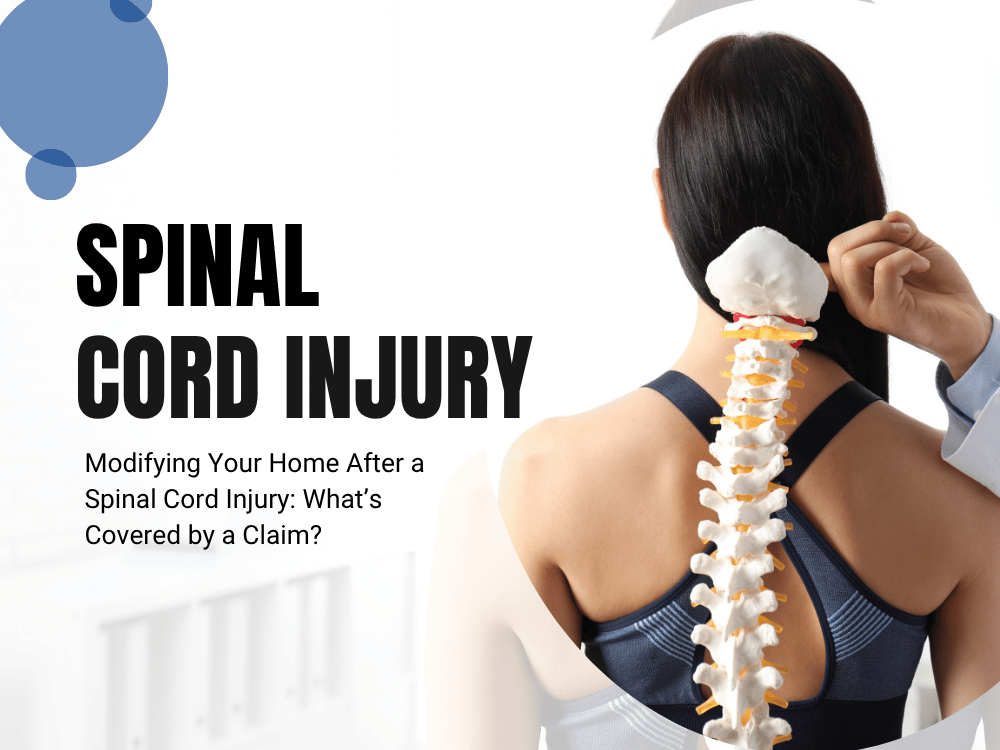Modifying Your Home After a Spinal Cord Injury: What’s Covered by a Claim?

A spinal cord injury can transform every aspect of daily life, including how you navigate your own home. Many survivors face the challenge of making their living space accessible and safe. While these modifications can be costly, some of the expenses may be covered through a personal injury claim or insurance settlement. Understanding what’s included—and how to prove your need—can help you secure funding for critical changes.
Why Home Modifications Are Essential
Spinal cord injuries often require mobility aids such as wheelchairs, walkers, or scooters. Standard home layouts rarely accommodate these needs, which can lead to safety risks and reduced independence. Renovations can make a home safer, more functional, and better suited to the new reality of living with limited mobility.
Common Modifications After a Spinal Cord Injury
While every situation is unique, here are some common updates that may be considered compensable in a claim:
-
Wheelchair ramps for entry and exit points
-
Widened doorways to accommodate wheelchairs
-
Roll-in showers and accessible bathroom fixtures
-
Lowered countertops and cabinets in kitchens
-
Stairlifts or residential elevators
-
Non-slip flooring to reduce fall risk
-
Smart home systems for hands-free control of lighting, temperature, and security
What’s Typically Covered in a Claim
If your spinal cord injury was caused by someone else’s negligence, the cost of home modifications may be included as part of your economic damages. To be covered, you must:
-
Document the necessity of each modification through medical records and professional evaluations.
-
Provide detailed estimates from licensed contractors.
-
Show the connection between the injury and the need for modifications.
-
Include future costs if you anticipate further changes as your condition evolves.
Challenges in Getting Coverage
Insurance companies may try to limit coverage by arguing that certain updates are “luxuries” rather than necessities, or by offering partial payment for cheaper alternatives. Without proper legal advocacy, you could be left paying thousands out of pocket.
Proving Your Case
Your attorney can work with occupational therapists, rehabilitation specialists, and contractors to create a comprehensive life-care plan that clearly outlines the scope, cost, and medical necessity of each modification. This documentation can be powerful evidence in settlement negotiations or trial.
Bottom Line
Home modifications are not a luxury—they’re a critical part of recovery and independence after a spinal cord injury. If your injury was the result of negligence, you shouldn’t have to bear the financial burden alone. With strong legal representation, you can fight for the coverage you need to make your home a safe and accessible space.
If you or a loved one is living with a spinal cord injury in Pennsylvania, the team at Pisanchyn Law Firm can help you pursue full and fair compensation, including the cost of necessary home modifications. Contact us today for a free consultation.
